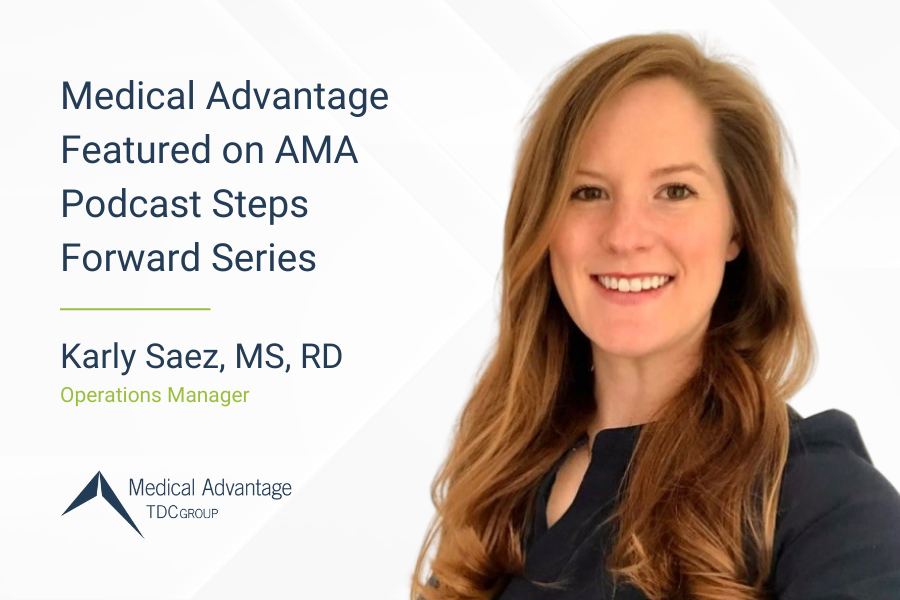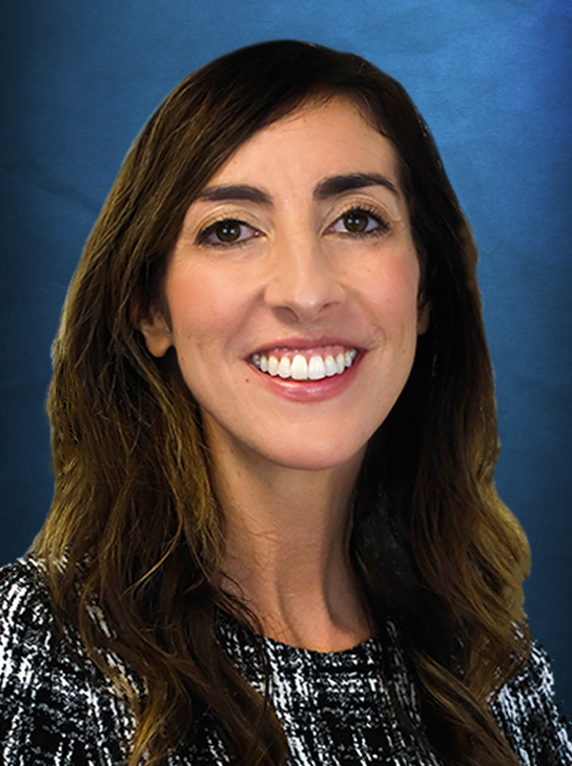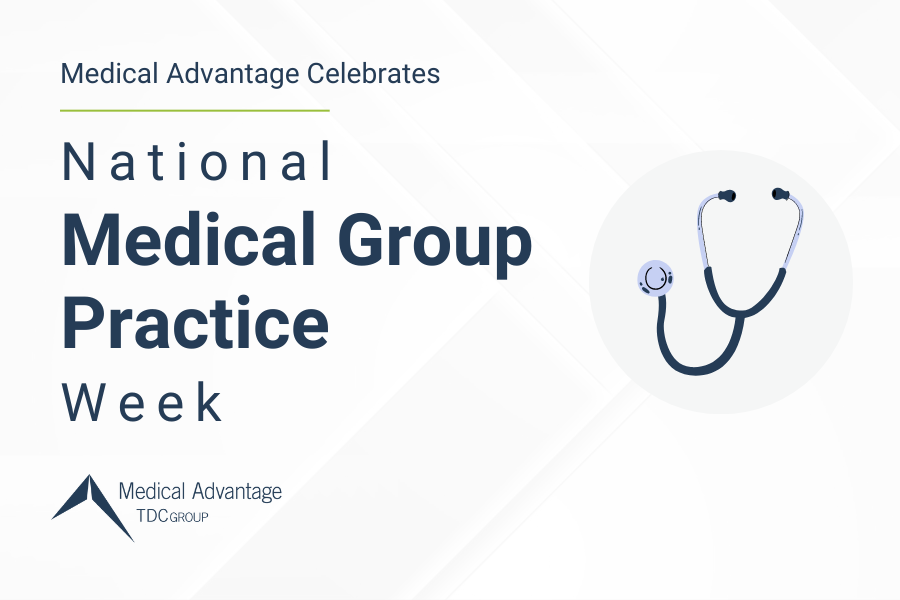NOVI, Michigan, DATE – The American Medical Association (AMA) recently featured industry expert Karly Saez in its ‘AMA Steps Forward’ podcast series. Saez is an Operations Manager at Professional Medical Corporation (PMC), which is a network consisting of over 200 small independent primary care and specialty medical offices, or approximately 460 independent physicians in the Flint and Genesee County communities located in Michigan.
The Project
In this podcast, Saez discusses PMC’s Social Determinants of Health (SDOH) project. She explained how the Flint water crisis highlighted the need for a comprehensive approach to identifying and addressing SDOH needs within the community. Initially, different independent practices within PMC had individual methods of identifying SDOH needs, which made it difficult to gather and analyze data effectively.
She also emphasized the importance of acknowledging the existence and significance of SDOH and explained that while physicians were aware of these needs, they struggled to quantify them. To address this, PMC helped practices develop processes to screen patients consistently. This involved creating a single screening method used across all practices and supporting practices with transformation coaches to integrate SDOH surveys into their workflows.
In 2016, their efforts received a boost when the Michigan Department of Health and Human Services announced the Michigan SIM model or State Innovation Model. This three-year grant included several requirements, such as embedded care management with nurses and social workers, connection to the Michigan Health Information Exchange (MiHIN), and the inclusion of a standardized SDOH screen.
Shifting the Dialog in Patient Conversations
The different domains of the new PMC screening tool include questions on:
- Food security
- Education and training
- Income
- Health care cost issues
- Physical and mental limits
- Limits on daily living activities
- Caregiver responsibilities for family and friends
- Housing security
- Home safety
- Transportation, utilities, and mental health
These were topics that practice staff were not used to asking about. And often, it was information that patients were not used to providing during visits to their doctor’s office. Fortunately, the program received the support from physicians who saw the value of the screenings.
“Physician champions who were early adopters of social determinants of health screening helped persuade those who were resistant by telling them how it was helping their patients,” Saez said.
Strategy and Impacts
Educating patients and coaching practices on how to discuss SDOH with patients was key to the project’s success. PMC onboarded community health workers, licensed practical nurses, and certified medical assistants with experience in assisting patients with their social needs. The organization now ensures that patients will be connected to community agencies until their needs are met, such as securing food, assistance with bills, or housing. Outcomes of the program include:
- Data collection: Since 2017, over 20,000 screens were completed, which indicated high needs in food, transportation, housing, and particularly mental health domains.
- Surprising trends: Pediatricians reported higher than expected numbers in mental health needs among children.
- Quantifiable data: This data provided concrete evidence to community agency leaders for internal and grant funding requests due to increased demands at their organizations.
- Community partnerships: The collaboration with Hurley Food FARMacy led to the distribution of food prescriptions and immediate food aid through nonperishable bags provided to patients during their appointments.
- Team building: Rising mental health needs led to the expansion of their team with behavioral health counselors to provide comprehensive care.
Regarding the study outcomes, Saez said, “It gives us quantifiable data to support and justify more services in our communities.”
“With those high mental health needs, we built our team up with behavioral health counselors and those behavioral health counselors are providing one-on-one counseling with patients,” she added.
Working Together as a Community to Address SDOH Needs
In closing, Saez emphasized the importance of understanding the community’s needs by collaborating with other independent offices, local hospitals, or community agencies. For larger independent practices with substantial needs but limited support, collaboration with community agencies can be beneficial since these agencies already serve many of their patients.
According to Saez, “This collaboration could entail regular visits from community agency representatives to the practice. Building these relationships makes it easier for the practice in the long run, as it brings support to the practice, reducing the need for patients to visit community agencies directly.”





